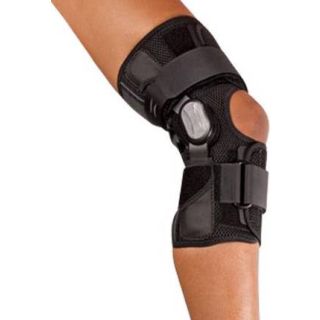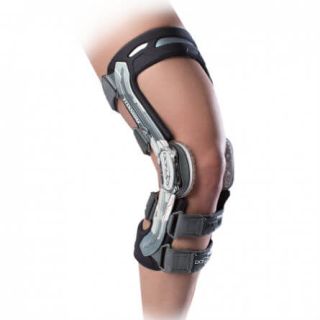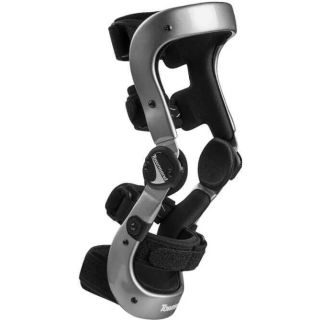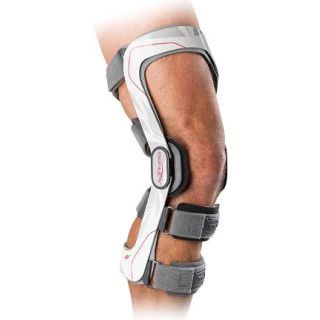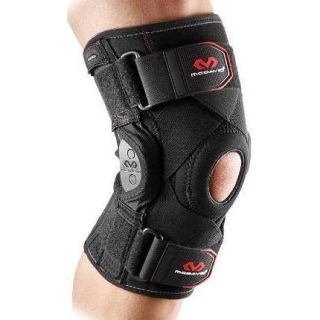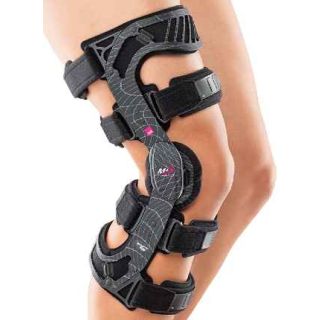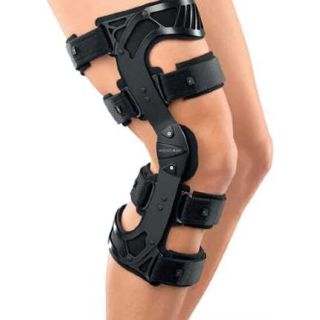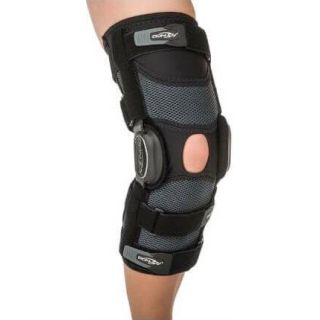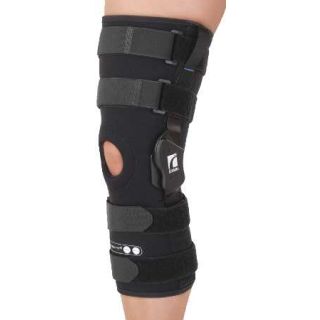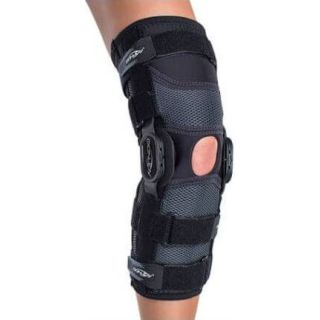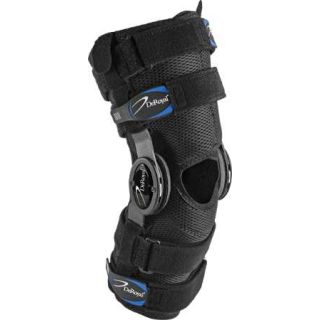-
 Details$87.99 $73.99
Details$87.99 $73.99 -
 Details$153.99 $141.99
Details$153.99 $141.99 -
 Details$1,025.99 $937.99
Details$1,025.99 $937.99 -

-
 Details$539.99 $518.99
Details$539.99 $518.99 -
 Details$104.99 $87.99
Details$104.99 $87.99 -
Add To Cart To See Price
 Details$400.00 $400.00
Details$400.00 $400.00 -
Add To Cart To See Price
 Details$352.00 $352.00
Details$352.00 $352.00 -
 Details$297.99 $268.99
Details$297.99 $268.99 -
 Details$159.99 $139.99
Details$159.99 $139.99 -
 Details$249.99 $197.99
Details$249.99 $197.99 -
 Details$214.99 $194.99
Details$214.99 $194.99
Skiing Knee Brace Buyer's Guide and FAQ
Choosing the correct ski knee brace is a crucial step in injury prevention and recovery management. The unique forces involved in skiing—high speeds, sudden stops, and rotational stress—require a level of protection far beyond what standard sports braces can offer.
Understanding Knee Brace Categories for Skiing
Skiing demands the strongest braces on the market. We primarily recommend the following types:
- Functional Knee Braces: These are the gold standard for skiers with existing ligament instability (ACL, MCL, PCL) or those post-surgery. They feature rigid frames (often carbon fiber or aluminum) and robust hinges that actively control and limit excessive movements, effectively preventing ligament re-injury.
- Rehabilitative Braces: Specifically used for a controlled healing process, these are worn by skiers recovering from surgeries like ACL repair or knee replacement. They often have adjustable range-of-motion (ROM) stops to gradually increase knee flexion as rehabilitation progresses.
- Hinged Knee Braces (Prophylactic): These provide firm, non-restrictive support for skiers with minor instability or those seeking general prevention. They usually feature flexible material with metal or polycentric hinges on the sides.
Key Considerations for Selecting a Skiing Knee Brace
- Fit and Comfort: A proper fit is non-negotiable. Look for braces that are custom-sized or those with detailed measuring guides. The brace must fit snugly under ski pants without compromising blood flow or causing slippage.
- Material and Durability: The best ski braces are made from lightweight yet durable materials like aircraft-grade aluminum or carbon fiber to withstand cold temperatures and high impact without compromising strength.
- Manufacturer Reputation: Brands like DonJoy and Breg specialize in medical-grade bracing and are trusted by orthopedic surgeons to provide effective support for high-impact sports. This is essential when searching for the best ski knee brace.


